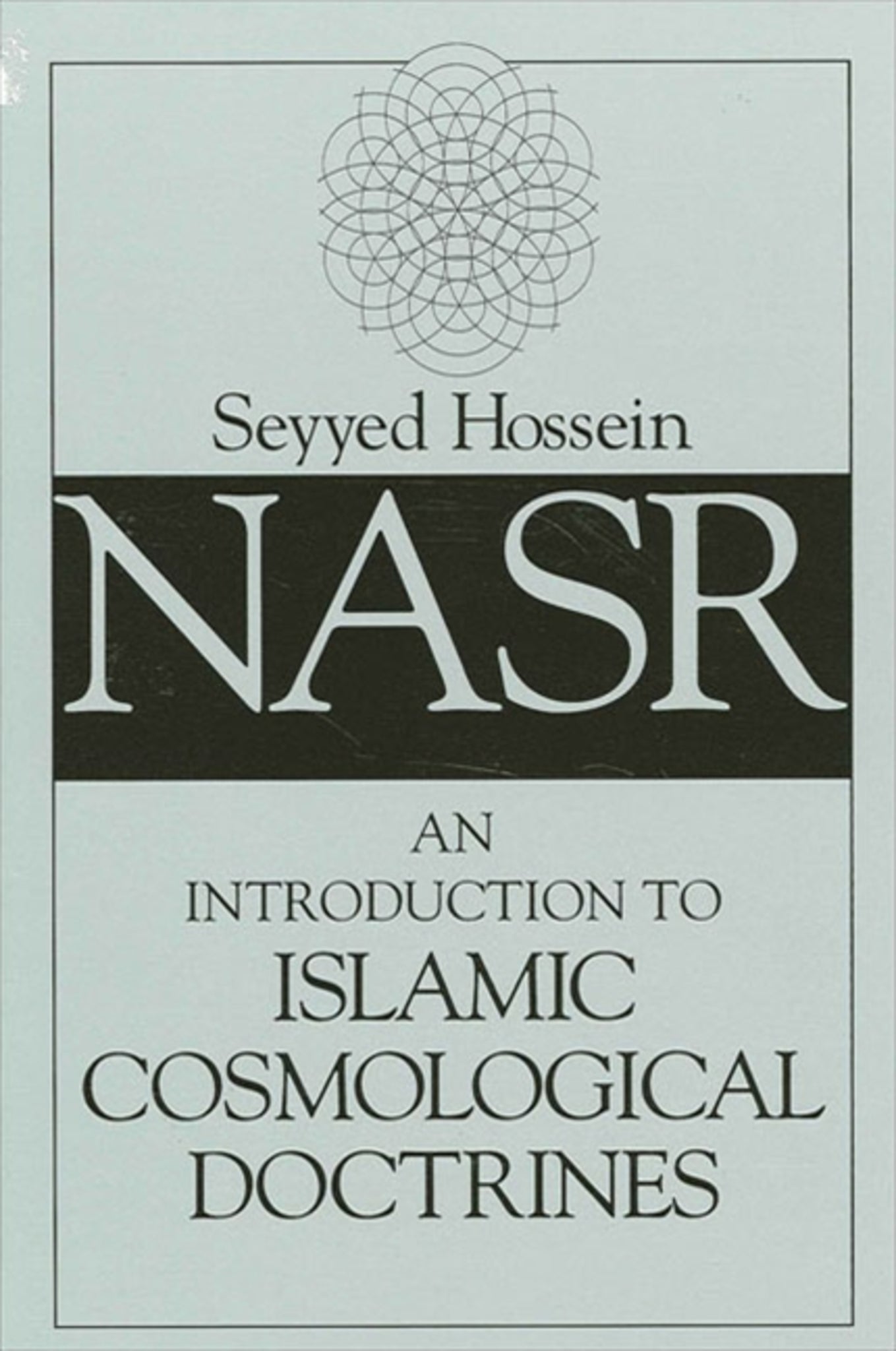We're sorry. An error has occurred
Please cancel or retry.
An Introduction to Islamic Cosmological Doctrines

Some error occured while loading the Quick View. Please close the Quick View and try reloading the page.
Couldn't load pickup availability
- Format:
-
01 July 1993

This is the only book to deal with classical Islamic cosmology as it was formulated by the Ikhwan al-S'afa al Biruni and Ibn Sina during the tenth and eleventh centuries. These figures influenced all the later centuries of Islamic history and in fact created the cosmological framework within which all later scientific activity in the Islamic world was carried out—the enduring image of the cosmos within which Muslims have lived during the past millennium.
Nasr writes from within the Islamic tradition and demonstrates how, based on the teachings of the Quran and the Prophet, the figures treated in this work integrated elements drawn from various ancient schools of philosophy and the sciences. This book is unique in its treatment of classical Islamic cosmology as seen from within the Islamic world-view and provides a key for understanding of traditional Islamic thought.


"…the amount of academic literature devoted to the way in which Muslims in classical and medieval Islam envisioned the cosmos is negligible. There are, however, some noteworthy exceptions. An Introduction to Islamic Cosmological Doctrines is one of them." — Parabola
Foreword by H. A. R. Gibb
Preface to the Second Edition
Introduction
List of Transliterations
Prologue—Islam and the Study of Nature
Cosmological Sciences and the Islamic Revelation
The Study of the Cosmological Sciences in Islamic History
The Intellectual Dimensions in Islam and the Class of Seekers of Knowledge
PART I. THE IKHWAN AL-SAFA
1. The Rasa'il of the Ikhwan al-Safa—Their Identity and Content
The Ikhwan and Philosophy
Identity and Significance of the Ikhwan
The Sources of the Rasa'il
The Organization of the Rasa'il
2. The Principles of the Study of the Cosmos and the Hierarchy of the Universe
The Pythagorean Notion of Arithmetic and Geometry
The Hierarchy of Being
The Relation between God and the Universe
The Universal Intellect and Soul
Matter
Nature
The Spheres and the Elements
Time, Space, and Motion
The Analogy of Microcosm and Macrocosm and the Great Chain of Being
3. The Individual Cosmological Sciences
Astronomy and Astrology
The World of Generation and Corruption
Meteorology
Geology and Geography
The Three Kingdoms
4. The Microcosm and Its Relation to the Universe
PART II. AL-BIRUNI
5. The Life, Works, and Significance of al-Biruni
6. The Creation of the World and Its Subsequent History
7. The Role of Nature and the Methods of Its Study
On Nature and Its Function
The Methods Used to Study Nature
8. The Universe and Its Parts
The Heavens
The Sublunary Region
Man and the World
9. The Wedding of Heaven and Earth in Astrology
Principles of Astrology
Al-Biruni and His Attitude Toward Astrology
10. The Attitude of al-Biruni Toward Philosophy and Learning
The Role of Learning in Islam
PART III. IBN SINA
11. The Life and Works of Ibn Sina and His Significance
Ibn sina and the Islamic Religion
12. The Anatomy of Being
Being and its Polarizations
The Generation of the Universe
The Relation between God and the Universe
13. Principles of Natural Philosophy
Form and Matter
Motion
On Causes
Ibn Sina and the Study of Nature
14. The Universe, Man, and Their Relation
The Heavens
The World of Generation and Corruption
The Constitution of the Microcosm
Sympathy between Man and the Universe
15. Nature and the Visionary Recitals
Background and Setting of the Narrative Cycle
Conclusion
Appendix: Astrological Symbols
A Selected Bibliography
Supplementary Bibliography
Index



